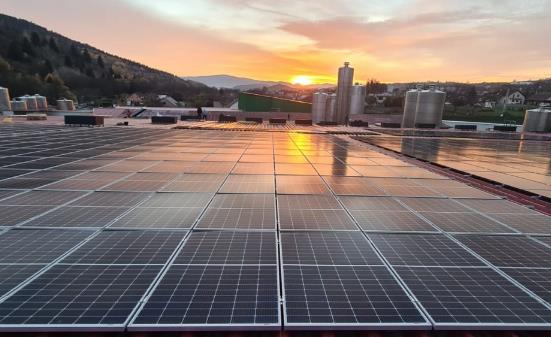A Guide to Connecting Solar Panels to Your Charge Controller
Connecting solar panels to a charge controller is a crucial step in assembling a solar power system. This process not only safeguards your batteries from overcharging but also optimizes the energy production of your solar panels. Here's a comprehensive guide on how to establish this connection effectively and safely.

Understanding Charge Controllers
Before diving into the connection process, it's essential to understand what a charge controller does. This device regulates the voltage and current coming from the solar panels to the battery, ensuring that it's within safe limits to protect your batteries and maximize their lifespan.
Selecting the Right Charge Controller
There are two main types of charge controllers: PWM (Pulse Width Modulation) and MPPT (Maximum Power Point Tracking). MPPT controllers are more efficient, especially in varied weather conditions, but tend to be more expensive. Ensure the controller matches the voltage of your solar system and can handle the current your panels produce.
Preparation Steps
- Gather Your Tools and Materials: You'll need wire cutters, wire strippers, MC4 connectors (if your panels are not already equipped), and appropriate gauge wiring based on the distance between your panels and charge controller.
- Safety First: Always ensure that everything is turned off before beginning any electrical work to prevent shocks or short circuits.
Wiring Your Solar Panels to the Charge Controller
Step 1: Plan Your Layout
Decide whether your panels will be wired in series, parallel, or a combination of both. This decision impacts the voltage and current output and should match the input specifications of your charge controller.
Step 2: Connect the Panels
- Series Connection: Connect the positive terminal of one panel to the negative terminal of the next. This increases voltage, keeping current the same.
- Parallel Connection: Connect all positive terminals together and all negative terminals together, increasing current but keeping voltage consistent with a single panel.
Step 3: Wire to the Charge Controller
- Identify the Solar Panel Input on the Charge Controller: Look for terminals labeled as 'PV', 'Solar', or similar.
- Connect the Positive Wire: Run a wire from the positive terminal of your solar panel array (or the last panel in series) to the positive terminal on the charge controller.
- Connect the Negative Wire: Similarly, connect the negative wire from your solar panel array to the negative terminal on the charge controller.
Final Checks and Activation
- Secure Connections: Ensure all connections are tight and secure to prevent any power loss or electrical hazards.
- Test Your Setup: Once everything is connected, turn on your charge controller and check for any error messages. If all looks good, your solar panels are now successfully connected to your charge controller.
How to Connect Solar Panels to Charge Controller: Conclusion
Properly connecting your solar panels to a charge controller is key to building an efficient and safe solar power system. By following the steps outlined in this guide, you can ensure that your setup maximizes the potential of your solar investment. Remember, safety is paramount, so always take the necessary precautions when working with electrical systems. Regular maintenance and monitoring will keep your system running smoothly for years to come.